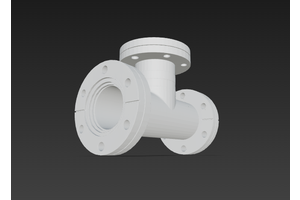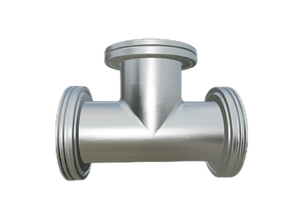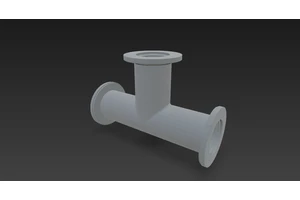How is vacuum categorized? (Rough vacuum, Medium vacuum, High vacuum, Ultra-high vacuum, Extreme high vacuum).
Wiki /
08/06/2025
Vacuum can be classified into five categories based on their pressure range, which reflects the number of gas molecules per unit area:
- Rough Vacuum: This ranges from atmospheric pressure (around 101325 Pascals) to approximately 2.7×10^-2 Pascals. It's the easiest level of vacuum to achieve and is commonly seen in household appliances like vacuum cleaners.
- Medium Vacuum: The pressure here lies between roughly 2.7×10^-2 Pascals and 1×10^-4 Pascals. This level of vacuum is often used in some industrial processes.
- High Vacuum: In this category, the pressure falls within 1×10^-4 Pascals to 1×10^-7 Pascals. At this level, only several million molecules exist per cubic centimeter, suitable for processes like coating.
- Ultra-High Vacuum (UHV): This ranges from 1×10^-7 Pascals down to less than 1×10^-10 Pascals. Such a high degree of vacuum is crucial for experiments in surface science.
- Extreme High Vacuum: Generally refers to pressures below 1×10^-10 Pascals, representing extreme conditions used in scientific research.





